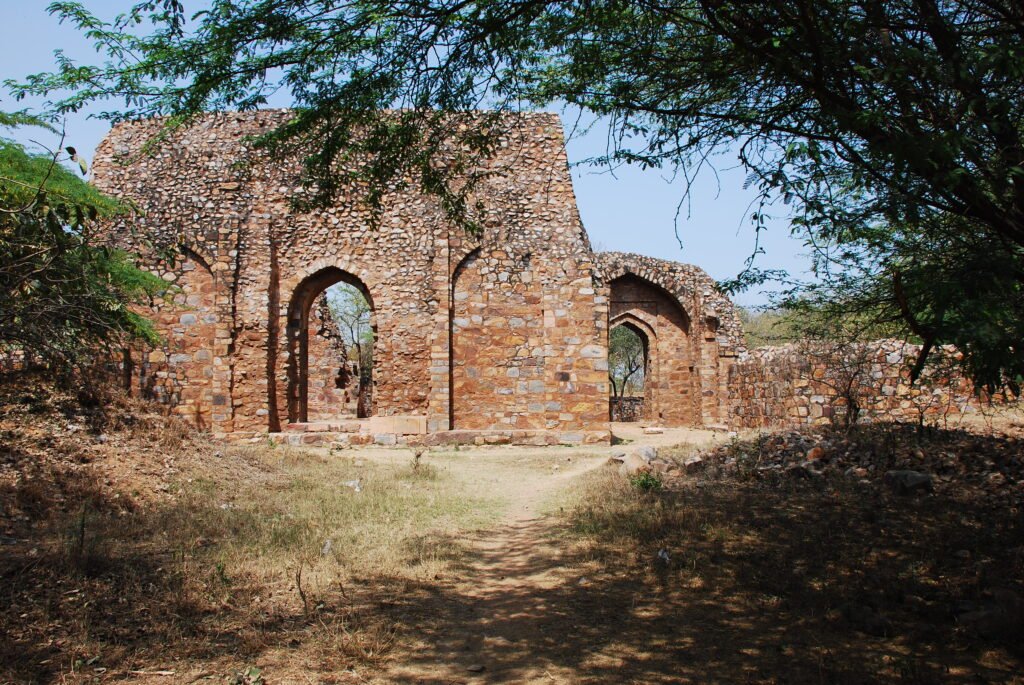New Delhi – The Archaeological Survey of India (ASI), under the Ministry of Culture, is actively engaged in the conservation and restoration of historical monuments located on land owned by the Delhi Development Authority (DDA), including Shalimar Bagh and Mehrauli Archaeological Park, as stated by Union Minister for Culture and Tourism, Shri Gajendra Singh Shekhawat, in a written reply in Lok Sabha today.

The ASI, established in 1861 by Alexander Cunningham, is responsible for protecting and maintaining 3,679 centrally protected monuments and archaeological sites of national importance across India, including those in Delhi. The conservation efforts at Shalimar Bagh, a Mughal-era garden complex, and Mehrauli Archaeological Park, which houses medieval structures such as the Jamali Kamali Mosque and Balban’s Tomb, aim to preserve the authenticity and integrity of these sites. The minister noted that no new projects are currently planned for ASI-managed monuments on DDA-owned land, with ongoing work guided by the National Policy for Conservation, 2014, and executed under the close supervision of ASI officials to ensure minimal intervention and maximum retentionencha
In addition to these efforts, the ASI has recently initiated a comprehensive conservation plan for the 17th-century Barapullah Bridge in Nizamuddin, Delhi, focusing on restoring its original structure and addressing decades-long encroachments. This project, near Humayun’s Tomb, involves collaboration with multiple agencies to revive the bridge’s historical flooring and protect it from further deterioration. The ASI’s approach to conservation emphasizes minimal negative impact on monuments while enhancing public amenities, ensuring that visitor facilities do not compromise the heritage value of these sites.
The ASI faces challenges such as limited funding, urbanization pressures, and the need for advanced technological integration, but it continues to prioritize preventive maintenance and structural stability. The organization’s Delhi Circle, one of its 37 regional offices, oversees these efforts, ensuring compliance with the Ancient Monuments and Archaeological Sites and Remains Act, 1958.
Also Read: Sheesh Mahal’s Glory Restored: A Mughal Gem Reopens in Shalimar Bagh
These initiatives reflect the ASI’s commitment to safeguarding India’s cultural heritage for future generations, with ongoing efforts to modernize conservation techniques and collaborate with international organizations like UNESCO and ICOMOS.
Sources: Written reply by Union Minister for Culture and Tourism, Shri Gajendra Singh Shekhawat, in Lok Sabha, July 22, 2025; Archaeological Survey of India official website; Times of India, September 23, 2024.
